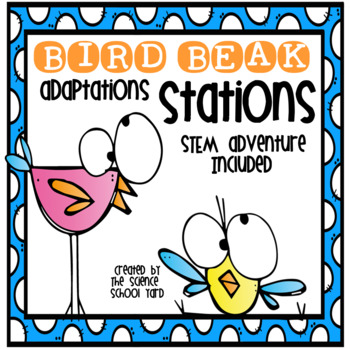This week, my kindergartners are learning about pumpkins. A quick and easy STEM activity is just what my little pumpkins need to learn how to be creative! You can either grab a book such as the Itsy Bitsy Pumpkin which I love... or even the 5 Little Pumpkins that have a springboard that you could use to have them build a wall, gate, or step that the pumpkin can sit on!
I love to use the little pumpkins we grow in our school garden, but any little pumpkin can do! Here are the other materials that you can use...
Materials: tongue depressors, cubes, ten number blocks, blocks, and book such as the Itsy Bitsy Pumpkin

I use a tray to place all of the different choices on and then I set out the blocks at their table tops.
Quick Pick Ideas: A quick pick for me is an activity that can take less than 30 minutes including a book a STEM challenge. We were able to learn the life cycle of a pumpkin, as well as read a story then pose the challenge. I then have the trays set out at the tables for the students to go to when I am done with the book and science lesson. I also set out one little pumpkin per table for them to test their designs with. We learn about modifications real fast when a pumpkin doesn't balance.
Links You Might Like:
Fall STEM Ideas
Fall Flip Book
Pumpkin Themed Activities
Digital Pumpkin Activities with STEM and Math Connections
Time to make Science Child's Play with this quick pick! Your little pumpkins will love it! This is an easy activity to "patch" together as well.
In this post, for your convenience, you may find Amazon Affiliate links to resources. This means that with your purchase of items Amazon will pass on small percentages to me. This will not create extra costs for you at all! It will help me keep this blog running!

0
I love to use the little pumpkins we grow in our school garden, but any little pumpkin can do! Here are the other materials that you can use...
Materials: tongue depressors, cubes, ten number blocks, blocks, and book such as the Itsy Bitsy Pumpkin

I use a tray to place all of the different choices on and then I set out the blocks at their table tops.
Quick Pick Ideas: A quick pick for me is an activity that can take less than 30 minutes including a book a STEM challenge. We were able to learn the life cycle of a pumpkin, as well as read a story then pose the challenge. I then have the trays set out at the tables for the students to go to when I am done with the book and science lesson. I also set out one little pumpkin per table for them to test their designs with. We learn about modifications real fast when a pumpkin doesn't balance.
Links You Might Like:
Fall STEM Ideas
Fall Flip Book
Pumpkin Themed Activities
Digital Pumpkin Activities with STEM and Math Connections
Time to make Science Child's Play with this quick pick! Your little pumpkins will love it! This is an easy activity to "patch" together as well.
In this post, for your convenience, you may find Amazon Affiliate links to resources. This means that with your purchase of items Amazon will pass on small percentages to me. This will not create extra costs for you at all! It will help me keep this blog running!












































